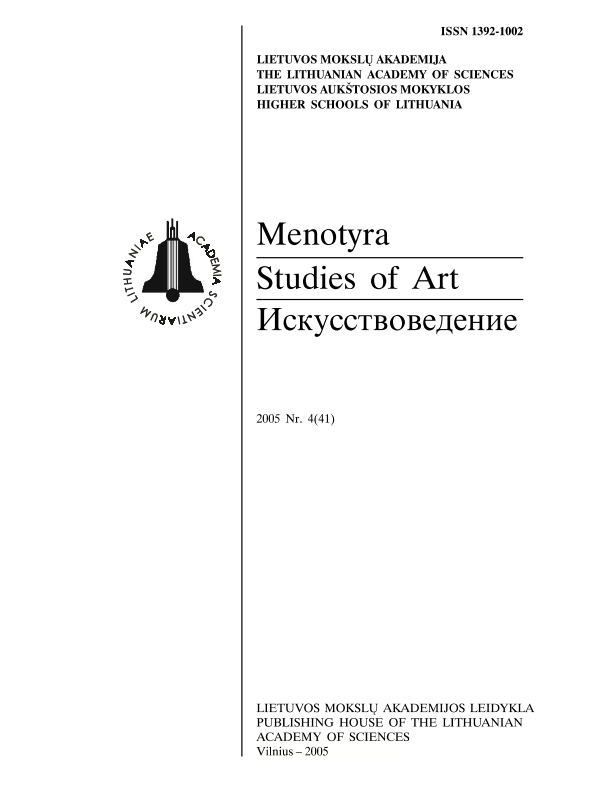Williamas Shakespeare'as prie lenkų romantizmo lopšio: Vilnius, 1786-1846 m.
Shakespeare at the cradle of Polish romanticism: Vilnius, 1786-1846
Author(s): Jarosław KomorowskiSubject(s): Theatre, Dance, Performing Arts, Studies of Literature, Comparative Study of Literature, 18th Century, Theory of Literature
Published by: Lietuvos mokslų akademijos leidykla
Summary/Abstract: Filip Nereusz Golański was the first to mention Shakespeare in Vilnius in 1786. The Polish theater performed the first play, an adaptation of Romeo and Juliet, in 1801. Meanwhile a generation arose, comprising Adam Mickiewicz and his colleagues. Its strong opposition to the "elderly" followers of classicism turned Shakespeare into a patron of aesthetic changes. Due to the lack of translations from the original text, his dramas were often performed like adaptations of the 18th century. Othello, performed by amateur actors in 1835, proved that these productions were extremely popular. The long-awaited turning point regarding translations, declared by romanticists, took place thanks to the priest Ignacy Hołowiński. In 1839 and 1841 he published two volumes of Shakespeare's works under the pseudonym of Kefaliński. These included six masterpieces: Hamlet, Romeo and Juliet, Midsummer Nights Dream, Macbeth, King Lear, and The Tempest. In October 1844, the first Polish production of a Shakespearean work translated from the original was put on stage for an audience in Vilnius. These were fragments of Hamlet as translated by Hołowiński. The full play was performed in December 1846. This marked a new stage in the perception of Shakespeare's works, namely in Vilnius. Lviv and Cracow still had to wait fifteen years for plays based on works that were translations from the original. Warsaw waited yet another decade.
Journal: Menotyra
- Issue Year: 2005
- Issue No: 4(41)
- Page Range: 1-7
- Page Count: 7
- Language: Lithuanian

